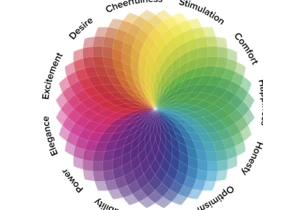The challenge of finding the perfect metaphor—one that’s clear, culturally sensitive, and future-proof—is what makes designing these miniature artifacts so fascinating. Look at any software interface and you’ll find a constellation of them, each trying to say something without saying a word. Early software icons mimicked real-world objects—phones, disks, folders—and as software matured, so did metaphors with stripped details. Reduced to a minimum, they became more abstract and conceptual representations. https://webdesignernews.com/the-evolution-of-five-of-adobes-iconic-icons/
Войдите, чтобы добавить комментарий
Другие сообщения в этой группе

JavaScript continues to evolve rapidly, driven by the work of TC39 and active contributors like the Deno team. At the recent 108th TC39 meeting, nine proposals moved forward across stages — from early

Rodolpho Henrique guides you through the essential aspects of color in digital design and user experience, from the practical steps of creating effective and scalable color palettes to the critical ac

Build a scroll spy in 2 lines of CSS with scroll-target-group and :target-current https://webdesignernews.com/build-a-scroll-spy-in-2-lines-of-css/

Modern development workflows prioritise components, utility classes, and JavaScript-heavy rendering. HTML becomes a byproduct, not a foundation. https://webdesignernews.com/why-semantic-html-still-mat

Lately, as I continue working on adaptive design for the Material system at Google, I’m noticing an intersection between adaptive thinking and generative AI discourse. I think the “create-anythingness

When two creatives collaborate, the design process becomes a shared stage — each bringing their own strengths, perspectives, and instincts. This project united designer/art director Artem Shcherban an

Many teams believe that meeting WCAG standards means their digital products are compliant with the European Accessibility Act (EAA). Using a clear comparison grounded in EN 301 549 and EN 17161, we ex
